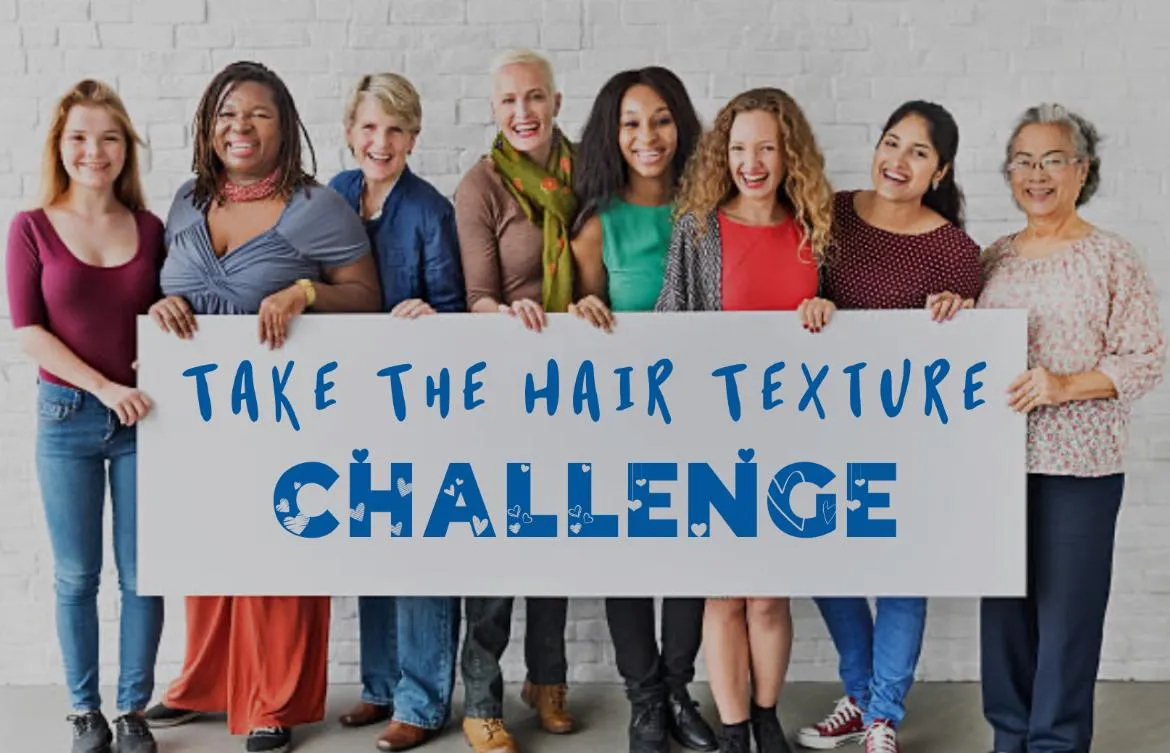
“Understanding Hair Porosity: The Key to Finding the Right Products”

For many African American women, navigating the world of hair care can feel overwhelming. There are countless products claiming to work miracles, but the key to truly unlocking your hair’s potential lies in understanding one critical factor: hair porosity.
What is Hair Porosity?
Hair porosity refers to your hair’s ability to absorb and retain moisture. It’s determined by the state of your hair’s cuticle layer – whether it’s tightly sealed, slightly open, or highly porous. Hair porosity, typically falls into three categories:
Low Porosity: The cuticle layer is tightly packed, making it difficult for moisture to penetrate.
Medium (Normal) Porosity: The cuticle layer is more open or damaged, making it easy for moisture to escape.
High Porosity: The cuticle layer is more open or damaged, making it easy for moisture to escape.
How to Test Your Hair Porosity
The strand-in-water test is an easy way to determine your porosity:
1-Take a clean strand of hair
2-Place it in a glass of water.
3-Observe what happens after 2-4 minutes:
Floats = Low porosity
Hovers in the middle = Medium porosity
Sinks = High porosity
Why It Matters
Knowing your hair porosity helps you choose products that will work with your hair’s natural tendencies rather than against them. For example:
Low Porosity hair thrives with lightweight, water-based products and needs occasional clarifying.
Medium Porosity hair benefits from balanced hydration and protein treatments.
High Porosity hair requires deep conditioners and sealants to lock in moisture.
Conclusion
Understanding your hair’s porosity is the first step to finding the products that truly work. The Hair Texture Blueprint provides a personalized approach to hair care, including porosity-specific recommendations to help you achieve healthy, manageable hair.
“How Your Health Affects Your Hair: The Role of Medications and Diet”

Your hair is often a reflection of your overall health. For African American women, factors like medications, health conditions, and diet can play a significant role in hair health. Here’s how your health affects your hair – and what you can do about it.
The Line Between Health and Hair
Medications: Certain medications, such as those for high blood pressure, diabetes, or autoimmune conditions, can cause dryness, breakage, or even hair loss as side effects.
Health Conditions: Conditions like anemia, thyroid disorders, or hormonal imbalances can weaken hair strand or slow growth.
Nutritional Deficiencies: A lack of essential nutrients like iron, biotin, or omega-3 fatty acids can lead to brittle hair and excessive shedding.
How to Support Your Hair Through Health Challenges
Speak With Your Doctor: If you notice hair loss or thinning after starting a medication, consult your healthcare provider. They may adjust your dosage or explore alternatives.
Boost Your Diet: Incorporate hair-friendly foods like leafy greens (iron), fatty fish (omega-3s), and nuts (vitamin E).
Stay Hydrated: Water is essential for scalp health and moisture retention.
The Hair Texture Blueprint Advantage
The Hair Texture Blueprint takes your health into account by recommending products and routines that support hair affected by health or medication challenges.
Your hair health isn’t just about what you put on it – it’s also about what’s happening within. If you address your health holistically, you can take control of your hair care journey.
“Seasonal Hair Care: Adapting Your Routine to Different Weather”

African American hair needs change with the seasons. The cold, dry air of winter and the humid heat of summer can both take a toll on your hair’s moisture and manageability. Here’s how to adapt your routine for every season.
Winter Hair Care Tips
Hydration is Key: Use thicker, cream-based moisturizers to combat dryness caused by indoor heating and cold outdoor air.
Protective Styles: Opt for protective styles like braids or twists to minimize exposure to harsh weather.
Scalp Care: Keep your scalp moisturized with lightweight oils like jojoba or argan.
Spring and Summer Hair Care Tips
Lighten Up: Switch to lighter leave-ins and gels to avoid product buildup in humid weather.
UV Protection: Use products with UV filters or wear a hat to protect again sun damage.
Deep Condition Weekly: Hydration is essential to combat the drying effects of sun and saltwater.
Fall Hair Care Tips
Strengthen Your Hair: As the air becomes cooler, focus on protein treatments to prepare your hair for winter.
Seal in Moisture: Use oils or butters to lock in hydration as the humidity decreases.
Adapting your hair care routine to the seasons ensures your hair stays healthy year-round. The Hair Texture Blueprint provides tailored advice for every season, so your hair can thrive no matter the weather.
“The Truth About Protective Styles: What’s Best for Your Hair?”

Protective styles are a staple for many African American women, offering a way to shield hair from damage and encourage growth. But not all protective styles are created equal. Let’s explore how to choose the best options for your hair.
What Are Protective Styles?
Protective styles minimize manipulation and shield your ends from damage caused by weather, friction, or styling tools. Common styles include:
Braids
Twists
Wigs
Sew-ins
Benefits of Protective Styles
Low Manipulation: Reduces breakage caused by frequent styling.
Length Retention: Protects ends, promoting longer hair over time.
Versatility: Allows you to experiment with different looks while protecting your natural hair.
The Dos and Don’ts of Protective Styles
Do: Keep your hair moisturized with leave-in conditioners and oils.
Do: Ensure your scalp is clean and healthy by washing and conditioning regularly.
Don’t: Keep styles in for too long – this can cause matting or breakage.
Don’t: Use excessive tension when installing styles, as this can lead to hair loss or traction alopecia.
Find the Right Products
The Hair Texture Blueprint helps you choose the right products to maintain healthy hair under protective styles, from lightweight oils to scalp treatments.
Protective styles are a great tool, but they need proper care to truly benefit your hair. With the right approach, you can enjoy beautiful, protective looks while keeping your natural hair healthy and strong.

Address:
12530 Fairwood Parkway, Suite 102, Bowie, MD 20720
Email Us:
Copyrights 2024 | hairtextureblueprint™ | Terms & Conditions